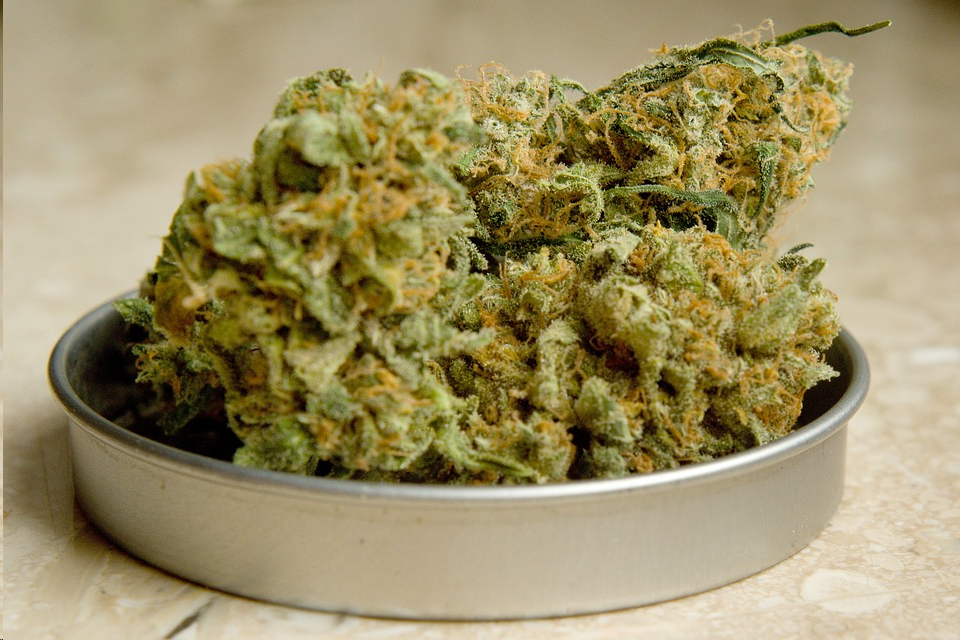The life of an entrepreneur is not one without stress. But with big risk (and stress) can come big reward, as the successful business owner well knows. As anecdotal success spreads and science begins to support its safety and efficacy, the use of CBD is skyrocketing as a result of its effects on the body and mind.
CBD can be found essentially anywhere from your grocery pharmacy to the golf course clubhouse. The FDA does not identify CBD as a drug, rather a supplement. As such, CBD products are not subject to the typical scrutiny pharmaceutical drugs undergo. In other words, the contents of these products may not be what they say. The concentrations are not regulated and more importantly, there may be many contaminants that are not listed on CBD labels.

When it comes to CBD, it’s especially important to know about the product you are ingesting or using on your body for several reasons. First of all, if you concentration is wrong it could either make your supplement ineffective (too low) or potentially toxic (too high). Given CBD is found in the cannabis plant along with THC (the active component of marijuana) the risk for side effects, or perhaps worse, testing positive for marijuana on a drug test is a concern if you are buying any CBD “off the shelf.” Frightfully, labeling inaccuracy is so common that only ~ 30% of CBD products actually label their CBD concentrations accurately.
Table of Contents
Hemp vs Marijuana Derived CBD
Many states do allow marijuana-derived CBD to be bought and sold over the counter. Hemp-derived CBD comes from a plant that contains at most trace amounts of THC. However, even this can be detected on some drug tests. For this reason, if CBD oil is certified 0% THC, or 100% THC Free, it should be able to prove it on a certificate of analysis (COA) available for consumers to view. While CBD is not regulated by the FDA, every batch should receive a COA. Ideally done by a third party, the COA should verify the contents and clarity of the CBD product. Keep in mind, when searching for CBD products many consumers find hemp seed or hempseed oil. Hemp seeds do not have a significant amount of CBD (typically found in the floral part of the plant, not the seeds or roots). This is why Amazon, which doesn’t sell CBD products, can and will sell hemp seed products which do not contain CBD. Some companies whose products do contain CBD will mislabel them as hemp seed oil to try to get them past Amazon so they can sell on Amazon. You really have to read the labels if you decide to buy “CBD” on Amazon. You can also buy CBD products from reputable online stores.
Spectrum and CBD
On every CBD label, you will find the phrases “full-spectrum,” “broad spectrum” or “Isolate.” This can be confusing, as from a marketing perspective, the full spectrum may seem more appealing. Or maybe the isolate would, as it would be the purest form of CBD. CBD company VALO Living’s medical director, Michael Jonesco, DO, sports medicine specialist, recommends “broad spectrum” CBD, which would not include the THC (as full spectrum would) but would include other important compounds called terpenes and flavonoids, which contain other therapeutic and health promoting effects.
Furthermore, when working together, CBD, flavonoids and terpenes work more effectively, which is known as the “entourage effect.” CBD is just one of over 100 cannabinoids that can facilitate our body’s endocannabinoid system, which plays a role in regulating key functions in the body like sleep, mood and pain. Broad spectrum products may also list CBDA, CBN, CBG or CBC. Their presence is fine, but the products main ingredient should be CBD. Ideally, a CBD product you purchase can provide the details of CBD potency, breakdown these terpenes and flavonoids, and include the presence of THC and/or pesticides identified in their product. If you cannot find this information easily, beware.
CBD Farming
Like anything you put into your body, you want to know where it’s from. You don’t just pick an apple up off the street and eat it and you shouldn’t just grab anything that lists CBD on the label and use it. The more you know about the farm and the way CBD is grown, extracted, and manufactured the better. CBD that is grown 100% organically reduces the risk pesticides make their way into the finished product. Larger well-established farms practicing organic farming are best. As you can imagine the growth and processing of CBD can be incredibly expensive and many smaller farms have to cut corners to keep up, sacrificing the quality of their products. Furthermore, hemp is a plant that is actually used for phytoremediation – or cleaning up toxic soil – so it’s absorbs a lot of what’s in the soil. This makes it especially important that hemp that will be used to make CBD products be grown organically in clean soil.
CBD Availability
CBD can be distributed and delivered in several ways. Orally (pill form or an edible “gummy”), sublingual (tincture, a droplet under the tongue), or topically (a rub or salve placed on the skin and absorbed systemically). There are advantages and disadvantages to each. CBD used topically is great for local discomfort that is close to the skin. Oral softgel tablets work to manage more systemic concerns given the better absorption by the gut.
When shopping for high quality CBD, be sure to look at the label and choose a 100% THC hemp-derived broad-spectrum CBD product. Look for a CBD brand that provides its COAs for every product so that consumers can see the exact values of CBD, THC, terpenes and even pesticides found in their product.
CBD is an exciting supplement. Choosing your CBD wisely can help support your overall wellness and health goals.



